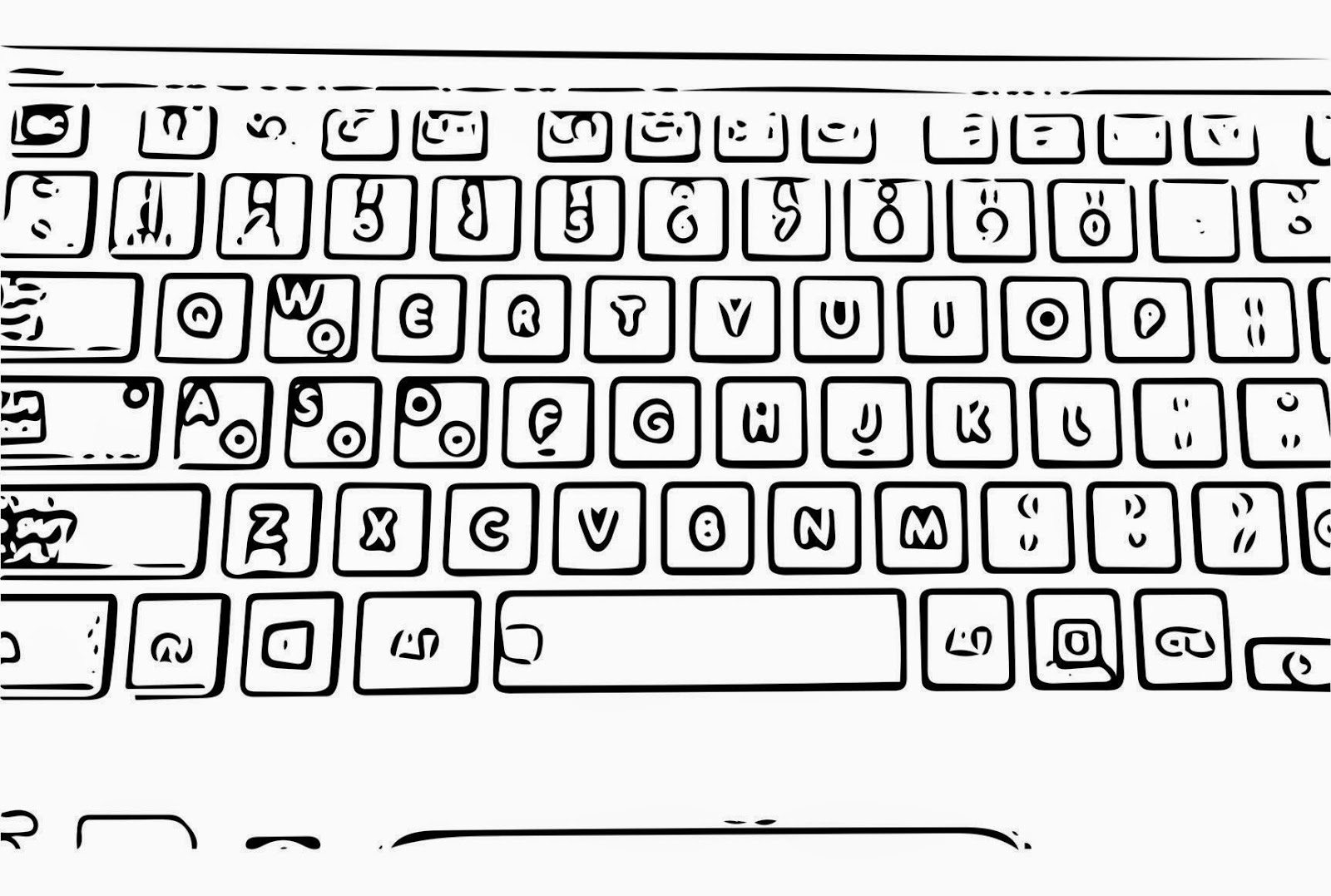Those of us who use computers frequently in our work use a
handful of software programs on a regular basis. A few of the most common
applications for Windows include Word, Excel and Outlook. Those are just a few
of the tools we use most and know best. Many also take advantage of a series of
“shortcuts” for handling repetitive functions. Using special keystroke
combinations such as CTRL + C to copy a selection or CTRL + V to paste the
clipboard contents takes just a fraction of the time it would require to use
the toolbar menu, or to right-click and select the desired function from the popup
menu. While we could cover a number of shortcuts for common software, we’re
going to stick with the “Trial Tips” theme here, and focus a bit on
TrialDirector. I will include a link to download a handy TrialDirector shortcut
guide at the end of this article. No signup, no fee, no registration required.
Just yours free to download.
This article is number
5 in a series entitled “Trial Tech Tips.” Focused on the crossroads of law and
technology, and in no particular order, we will share a collection of proven
and tested methods for accomplishing a wide variety of common and/or critical
tasks encountered during trial preparation or presentation. We will also try to
rank them from one to ten on a “geek scale,” with one being not too technical,
and 10 being very technical.
On a geek scale of one to ten, this article would be
rated at about a 9 or 10.
We develop a comfort zone with programs we use on a daily
basis, but it can be a different story when using applications we don’t use
regularly – perhaps like PowerPoint or even TrialDirector. While nothing beats
frequent use and familiarity when it comes to using complex software, you can
spend some time learning a few tricks for the tasks you expect to use a lot.
For PowerPoint, it might be learning how to quickly access image properties so
you can add a drop-shadow and outline, or adding slide numbers. For
TrialDirector, you should know how to immediately access the most common
presentation tools, including projection zoom (callout) and highlighter. For
more on using these two features, also see Trial Tech Tips – Zoom and Highlighter.
Here are several shortcuts you can use to quickly access a
few features used often in trial.
Projection Zoom – ALT + I
Highlighter – ALT + H
Full Screen Top of Exhibit (additional zoom if repeated) – CTRL + INS
Return to Normal from Full Screen – CTRL + DEL
Undo Last Action (may be repeated for multiple Undo) – CTRL + Z
Next, we'll share some extremely helpful exhibit screen placement
shortcuts. The “F” keys on the top of your keyboard must be set up to operate
as normal Windows keys. Some newer keyboards will override the standard
functions, but they can be set back to the standard format.
F1 through F9 are screen “zone” keys, although you will
usually use the full screen, or perhaps a side-by-side arrangement.
F1 – Left
F2 – Right
F3 – Top
F4 – Bottom
F5 – Top Left
F6 – Top Right
F7 – Bottom Left
F8 – Bottom Right
F9 – Full Screen
One easy way to remember how to transfer, add or replace an
exhibit in a zone is by using the word “TAR.” I actually used to put a “TAR”
sticker on the top of my keyboard.
F10 – “T” for Transfer
F11 – “A” for Add
F12 – “R” for Replace
This is a sampling of some very useful shortcuts. If you use
TrialDirector regularly, having an extra set of quick-access tools can be very
helpful. If you only use it once or twice a year in trial, when it comes to
crunch time you may find you've forgotten them. Under pressure, they need to
flow automatically. For a smaller trial, it may not matter if you take a little
extra time. If it is a large or complex trial, you may want to consider
bringing in someone who does this stuff on a daily basis. Here is a link to
download your own TrialDirector Shortcuts sheet in PDF format.


No comments:
Post a Comment
Note: Only a member of this blog may post a comment.